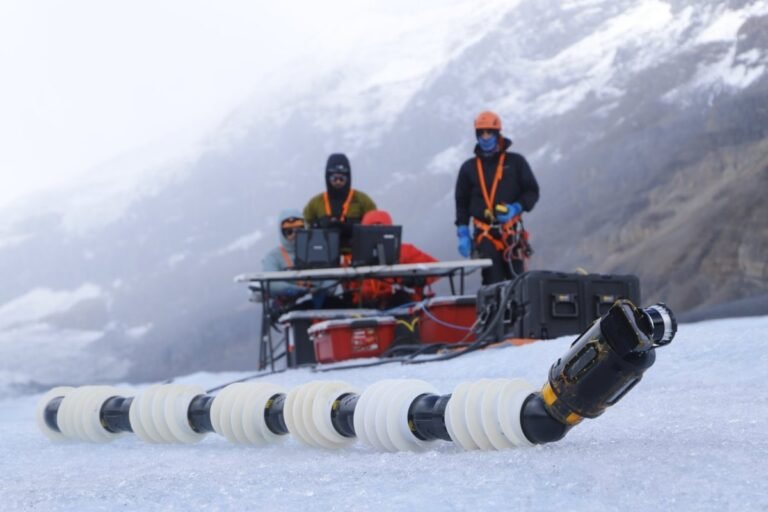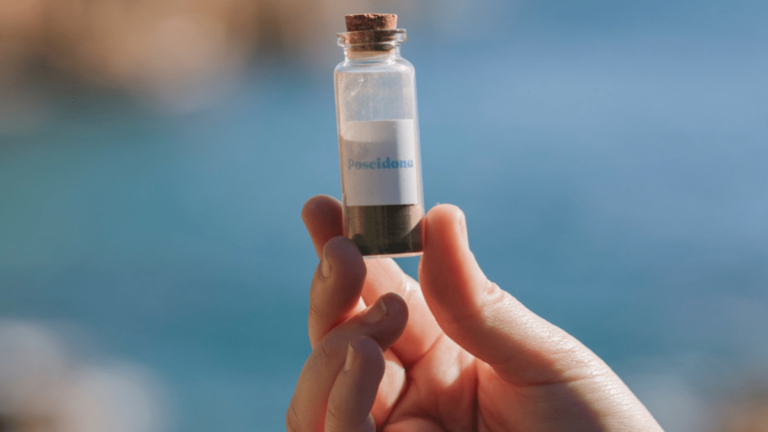“Exploring Saturn’s Moons: NASA’s Serpentine Robot on a Mission to Uncover Extraterrestrial Life in Frigid Oceans”

The latter has made snake robots a compelling addition to search-and-rescue teams, as the systems can squeeze into spots people and other robots can’t.
That means a lot of ice, as NASA researchers are planning to send it to Saturn’s small, cold moon, Enceladus.
Twenty-first-century flybys from Cassini have revealed a water-rich environment, making the ice-covered moon a potential candidate for life in our solar system.
The eventual plan is to use the snake robot, Exobiology Extant Life Surveyor (EELS), to explore oceans beneath the moon’s crust and finally answer one of the universe’s big, open questions.
In fact, CMU spinout HEBI Robotics designed the modules being used in this early version of the system.




